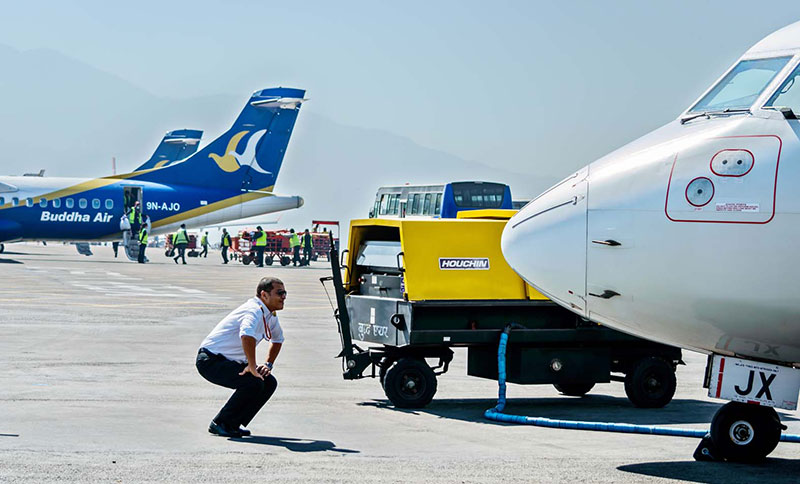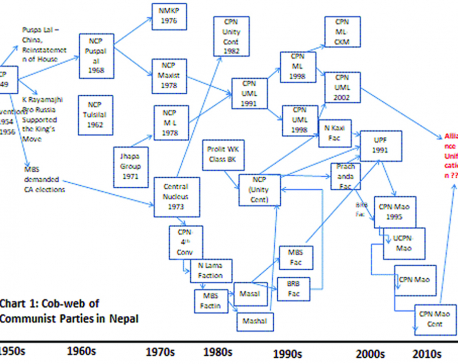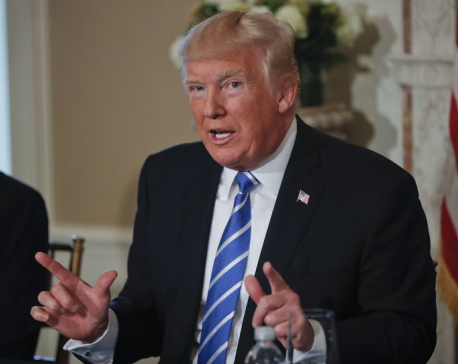
OR

Getting a plane off the ground requires a lot more than a pilot running an engine and simply taking off.
What does it take for an aircraft to be airborne? Certainly a pilot, but what does a pilot need to consider before an aircraft can take flight?
In all cases, there is a long systematic checkup to make sure that an aircraft is good enough to even leave the ground. There is a lot more to making a plane fly than just the pilot starting the engine and going on their way. In the background, a team of engineers and quality controllers work constantly to make sure that each flight runs as smoothly as possible. These professionals make sure that an aircraft is certifiable for Airworthiness, a measure to ensure that an aircraft is safe for flight.
Before an aircraft can even take flight, it must first be provided with a Certificate of Airworthiness from the Civil Aviation Authority of Nepal (CAAN). However, the validity period for each aircraft can differ. Keeping up with the airworthiness regulations is definitely not an easy task. From the regular inspections before flights to the scheduled checkups every 5,000 hours, an airline needs to make sure that everything is as good as new.
Still, it is not just the scheduled checkups that Buddha Air is concerned about. They make sure to always stay on top of the line with self-quality checks. If an aircraft is scheduled to be checked every 5,000 hours, Buddha Air does a self-checkup at 2,500 hours to see that the aircraft is running smoothly.
“At Buddha air, our Airworthiness is measured by three different institutions.” says Santosh Kumar Khati, Manager of the Technical Support Division of Buddha Air. He further adds, “For Buddha Air, the guidelines have been set by CAAN and by our aircraft manufacturers. We also have our own company’s set of guidelines to follow for airworthiness.” The guideline for Buddha Air is made up by combining the two guidelines from CAAN and its manufacturers. Everything on the list needs to be crossed off before any plane leaves the ground.
Still, it is not just the scheduled checkups that Buddha Air is concerned about. They make sure to always stay on top of the line with self-quality checks. If an aircraft is scheduled to be checked every 5,000 hours, Buddha Air does a self-checkup at 2,500 hours to see that the aircraft is running smoothly. “When a guideline is created, it might have just one terrain in mind, but for a country like Nepal, one guideline may not work for all destinations varying in weather and environment. So, we have to be extra cautious.” says Mr. Khati.
Apart from the scheduled checkups, each aircraft also goes through an external inspection before every flight. Not a single detail is missed out as the inspectors make sure that everything is in order. Nevertheless, for the internal workings, only the pilot understands what truly goes on with the engines. “After all, the pilot is the one who spends the most time inside the aircraft.” says Mr. Khati. When a pilot does find malfunctions while flying, a report is presented immediately after the flight and a checkup is scheduled as soon as possible. This is followed by a systematic process of looking into the aircraft’s history, past maintenance and documentation of the current ongoing checkup. Each detail is recorded for future references.
Time is of the essence for Buddha Air. “The regular checkups cannot be missed even by an hour, so we make sure to keep everything going according to the calendar.” says Upendra Lal Shrestha, Senior Quality Assurance Engineer. After all, if the deadline is missed, the Certificate of Airworthiness is no longer valid.
Khati and his team of engineers are constantly at work to make sure that none of the aircraft miss a single scheduled checkup. This requires dedication and extreme punctuality on their side. After all, it is not just about completing the task at hand but it is about communicating with the team to make sure everyone is on the same page.
“It’s all about working with the system. If we manage to keep in track with it, the rest is assured.” says Mr. Khati. Whether the aircraft is at flight or on the ground, there is always a team of pilots, quality assurance engineers and mechanics dedicated to checking and rechecking the plane for airworthiness. With effective communication and full dedication, Buddha Air makes sure that each flight is as safe and secured.
You May Like This

Will it fly?
The first objective of communist alliance was to defeat Nepali Congress in provincial and national elections. Will Maoist and UML... Read More...

Trump: If North Korea attacks US, it ‘will regret it fast’
NEW JERSEY, August 12: President Donald Trump on Friday issued fresh threats of swift and forceful retaliation against nuclear North... Read More...

IT Training Nepal providing a firm career path for IT enthusiasts
KATHMANDU, Mar 1: IT Training Nepal is a professional computer institute providing job oriented courses to IT students in Nepal. It... Read More...




Just In
- MoHP cautions docs working in govt hospitals not to work in private ones
- Over 400,000 tourists visited Mustang by road last year
- 19 hydropower projects to be showcased at investment summit
- Global oil and gold prices surge as Israel retaliates against Iran
- Sajha Yatayat cancels CEO appointment process for lack of candidates
- Govt padlocks Nepal Scouts’ property illegally occupied by NC lawmaker Deepak Khadka
- FWEAN meets with President Paudel to solicit support for women entrepreneurship
- Koshi provincial assembly passes resolution motion calling for special session by majority votes







_20220508065243.jpg)






Leave A Comment